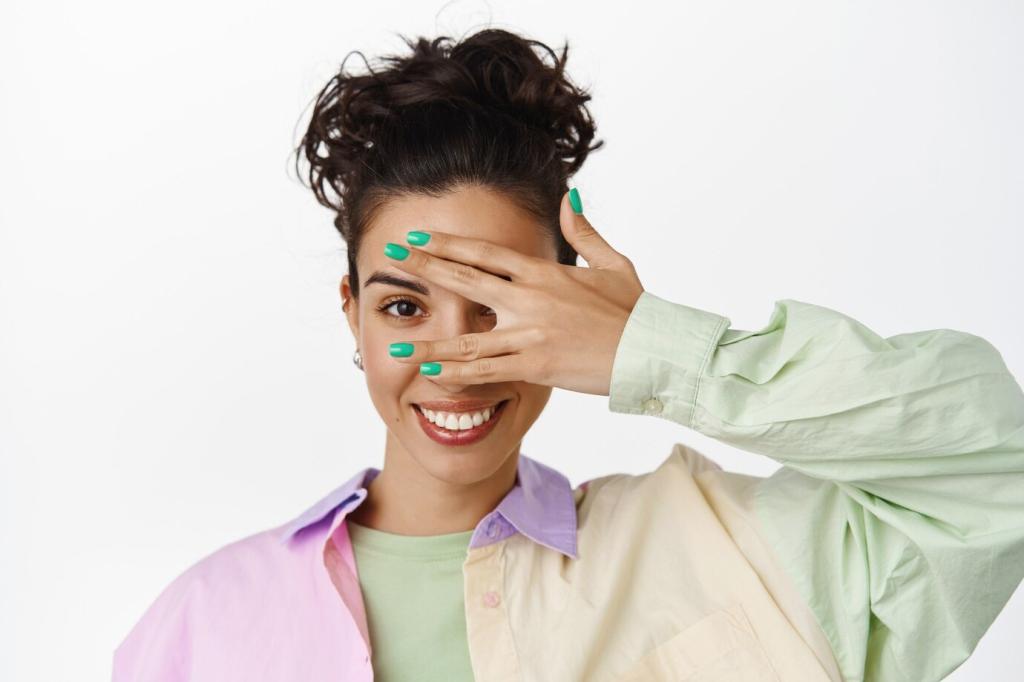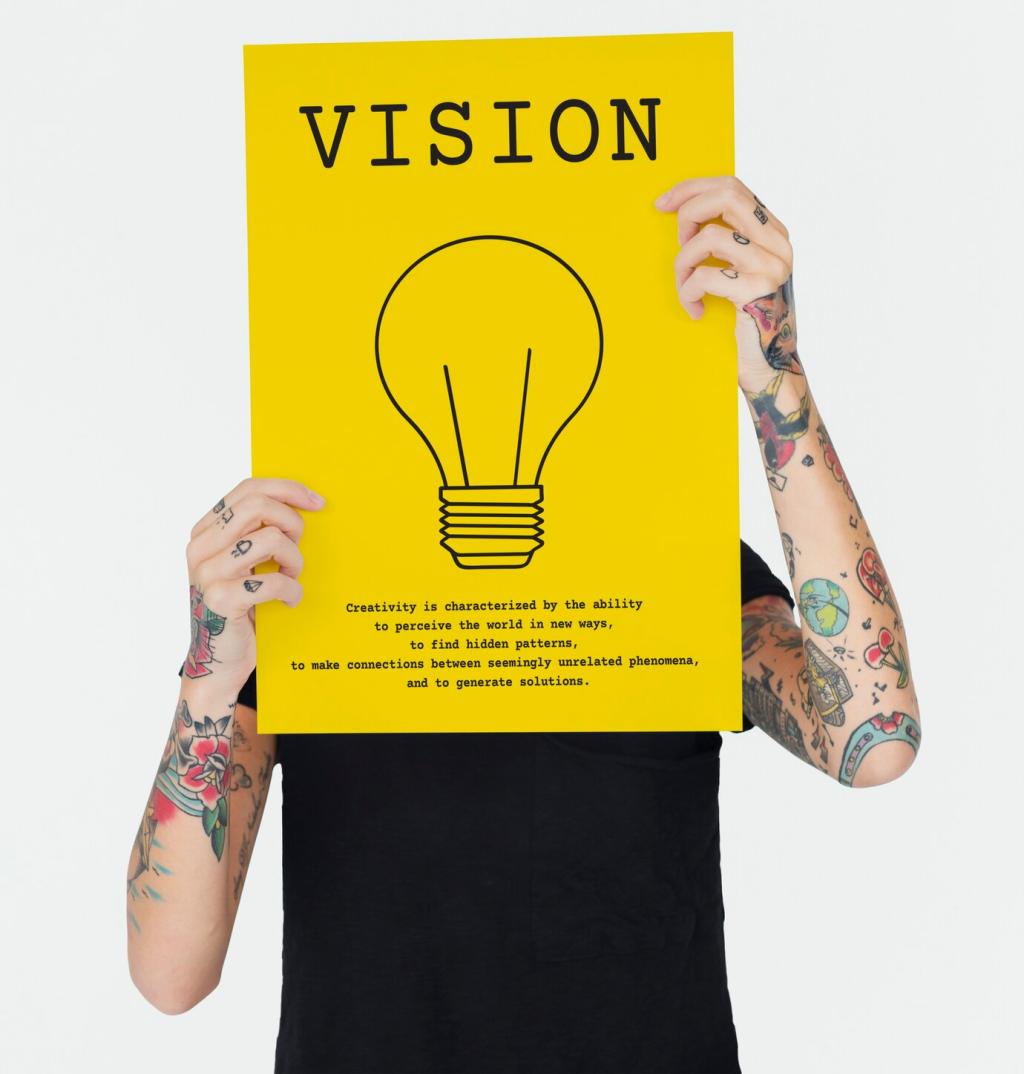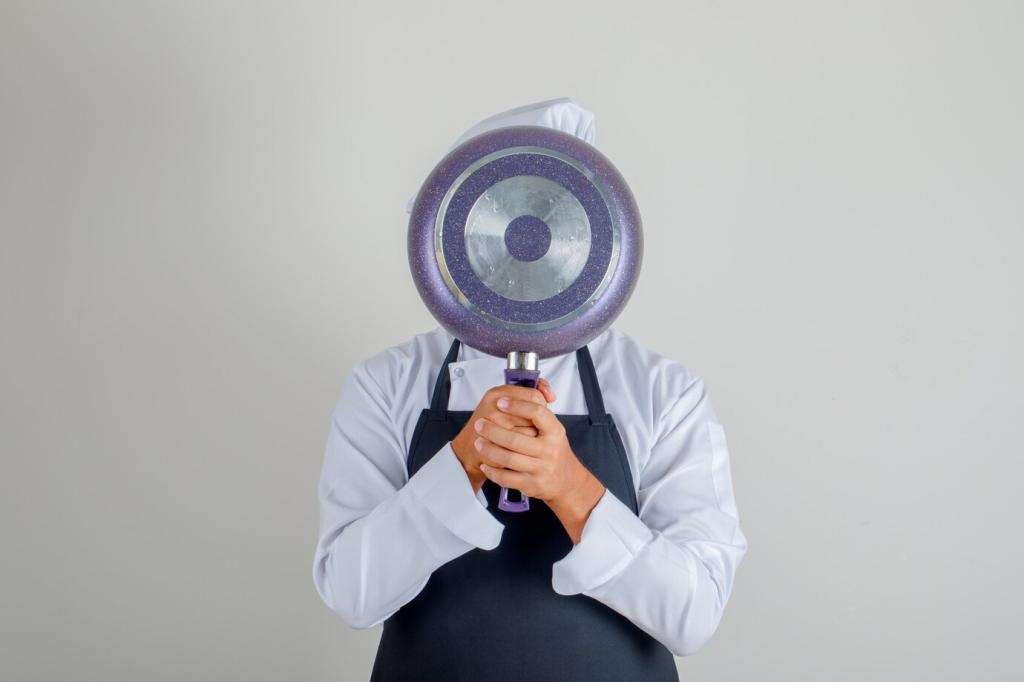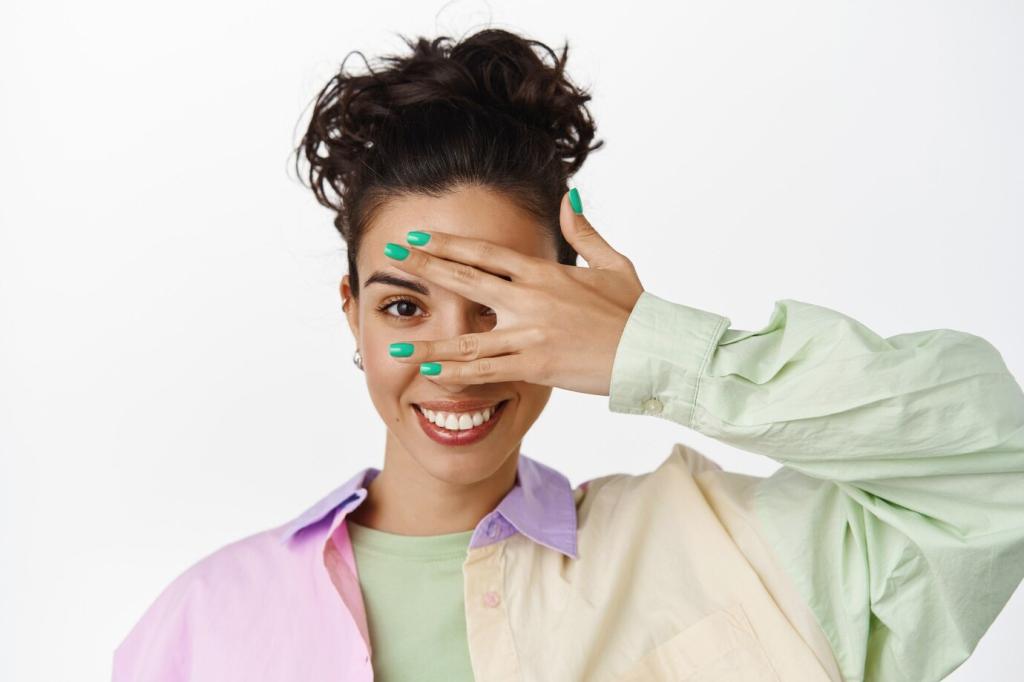
Chosen Theme: Emotional Impact of Colors in Design
Colors don’t just decorate—they persuade, soothe, provoke, and guide. Chosen theme: Emotional Impact of Colors in Design. Join us as we explore how palettes shape human feelings, and share your favorite color story or subscribe for ongoing insights.
Why Color Feelings Matter
01
Warmth, Coolness, and the Body
Warm hues like red, orange, and amber often raise arousal and perceived temperature, nudging urgency and appetite. Cool blues and greens calm, slowing visual pace and easing tension. Try swapping accents at your desk for a week, then share what shifted.
02
Saturation, Brightness, and Intensity
High saturation shines with energy and immediacy, while muted tones feel reflective and safe. Brightness adds optimism; darker values deepen gravity. Overuse of intensity can cause fatigue. How do you balance vibrancy and rest in your palette? Post your strategies below.
03
Cultural and Contextual Nuance
Color meanings travel differently: red signals luck in parts of Asia yet danger in many Western contexts. White can mean purity or mourning, depending on culture. Always test color with real audiences across segments. Share cross-cultural stories we can all learn from.



CTA Buttons That Feel Right
There’s no universal best CTA color. Emotional fit beats folklore. Ensure strong contrast for accessibility, then test hues aligned with your brand’s promise. Pair color with microcopy that confirms intent. Run a quick A/B test and report your click‑through and dwell time shifts.
Onboarding Calm Through Palettes
First‑run screens set mood. Soft gradients of blue, violet, or teal can reduce friction and encourage exploration. Meditation and wellness apps often pair cool palettes with gentle motion. Try a calmer onboarding palette this sprint and share screenshots for community critique and tips.
Error States Without Panic
Classic red error banners can escalate stress. Consider softer red tints, generous white space, and constructive language. Use color hierarchy to differentiate warnings from critical failures. Designers: how do you prevent alarm while maintaining clarity? Post your patterns and we’ll compile community favorites.


Story from the Studio
From Neon to Serenity
We designed a mental wellness app with neon teal accents that felt energetic but jittery. Shifting to muted lavender, deep navy, and gentle coral steadied sessions and improved retention. Where have you swapped intensity for calm? Share your outcomes and hunches.


User Quotes That Changed the Palette
Feedback like “I can finally exhale here” led us to lighten backgrounds, soften contrasts, and pace color reveals. Empathy guided every adjustment. Which user quote reshaped your palette most? Paste it here so others can learn and credit your insights.

Assemble images, textures, and type that express your intended feeling. Label emotions, extract color keywords, and choose primaries with supportive neutrals. Print swatches to check under different lights. Share your board and we’ll suggest small shifts to dial the mood.

Treat Hue, Saturation, and Lightness like knobs. Nudge hue to shift associations, trim saturation to reduce noise, and raise lightness to add optimism. Try three controlled variations and journal reactions. Post swatches with notes; we’ll compare impressions and refine together.

Pick one element, form a feeling hypothesis, and test for two weeks. Track conversions, time on task, and post‑task sentiment. Respect accessibility contrast thresholds throughout. Report your findings and subscribe—next month we’ll publish a community roundup of color wins.
